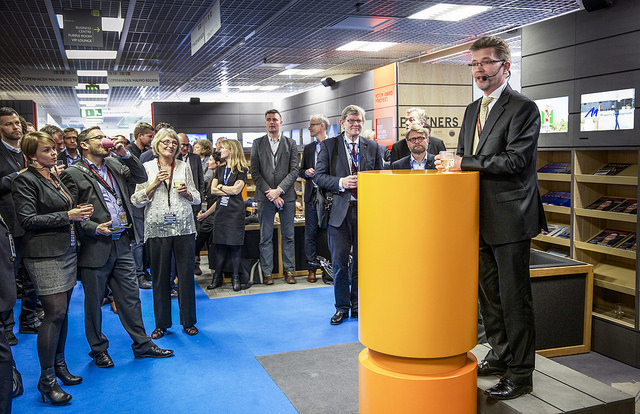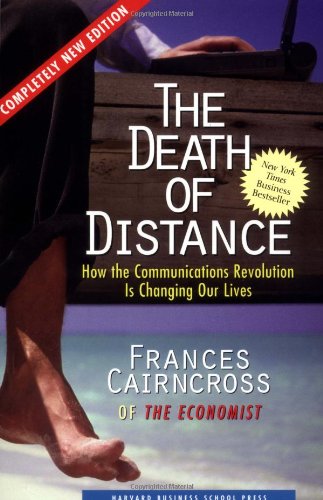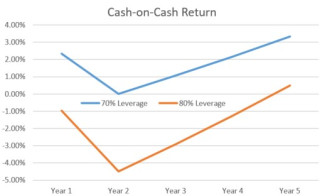You know it’s been a good conference when you go to so many sessions that it takes three blog posts to discuss all that you learned. MIPIM was a wealth of information. In total, I attended seven sessions that featured great presenters and topics.

Copenhagen’s Lord Mayor Frank Jensen speaking at Copenhagen Malmö Region’s booth at MIPIM, courtesy of Jenny Andersson at News Oresund.
I enjoyed the Asset Diversification panel about incorporating debt and infrastructure into firms’ portfolios. The panel believes that European insurance companies are headed toward the U.S. model of asset allocation, which is approximately 25% in liquid assets. European companies are currently hovering around about 10% in liquid assets.
With respect to infrastructure, the panel felt that investments in infrastructure were closely tied to politics. This can cause challenges in areas that are on the verge of explosive growth. The emerging markets in Africa come to mind. The biggest takeaway from the session was the need for transparency and liquidity in all aspects of debt and infrastructure.
With the global economy still in recovery mode, it was great to get information on funding and the housing supply and how they were affected during the economic downturn. The Organization for Economic Co-operation and Development (OECD) presented studies on how implicit government financing of land props up home ownership rates. The panel looked at Helsinki, Finland and the role the government plays in land prices. According to the panel, the city owns two-thirds of the land, so it can determine prices and serve as the landlord. Private investors can take risks on certain types of housing that may not necessarily have the highest possible returns because the city will artificially lower a developer’s costs by offering building plans for free at local libraries. This is definitely an interesting use of libraries!
Russia and Germany were also discussed in the session. Russia uses a Dutch auction system, and auction prices suggest a 30% land-to-value ratio. Germany’s stricter renter tenure and rent control laws offer many social benefits, with renter tenure now a popular option for families.
The news from the United Kingdom was not as positive. Presenter Mark Reynolds said he is cynical of the government and wonders why they would spend £700 billion to bail out the banks, but they would not spend £100 billion to stimulate the economy through the development of housing.

The final session of the conference for me was a fascinating look at how our industry must adapt to the changing face and pace of the global economy, and we gained insight into what trends are just beginning that will be the norm in the next decade or so. We also discussed the great book, The Death of Distance: How the Communications Revolution Is Changing our Lives. If you haven’t read it, I highly recommend you pick up a copy.
Overall, I could not have asked for more out of a conference. I learned a lot and caught up with friends and colleagues who I don’t see nearly as often as I’d like. If you missed my two previous recaps about MIPIM, you can read about Real Estate Trends Dominate MIPIM Conference and Pins and Properties at MIPIM.
– Clifford Lipscomb





Recent Comments